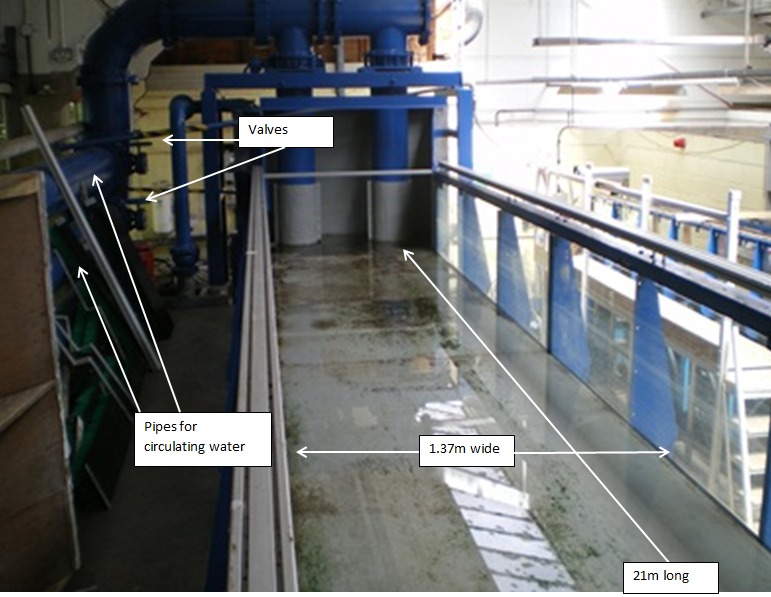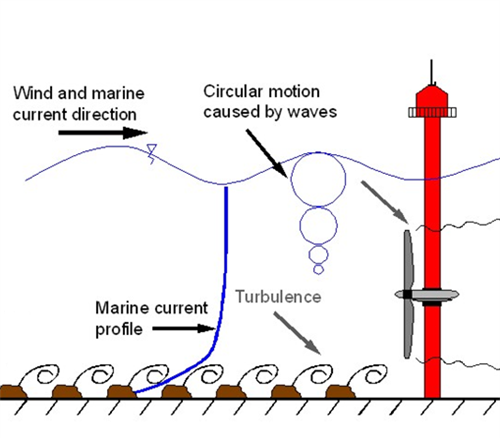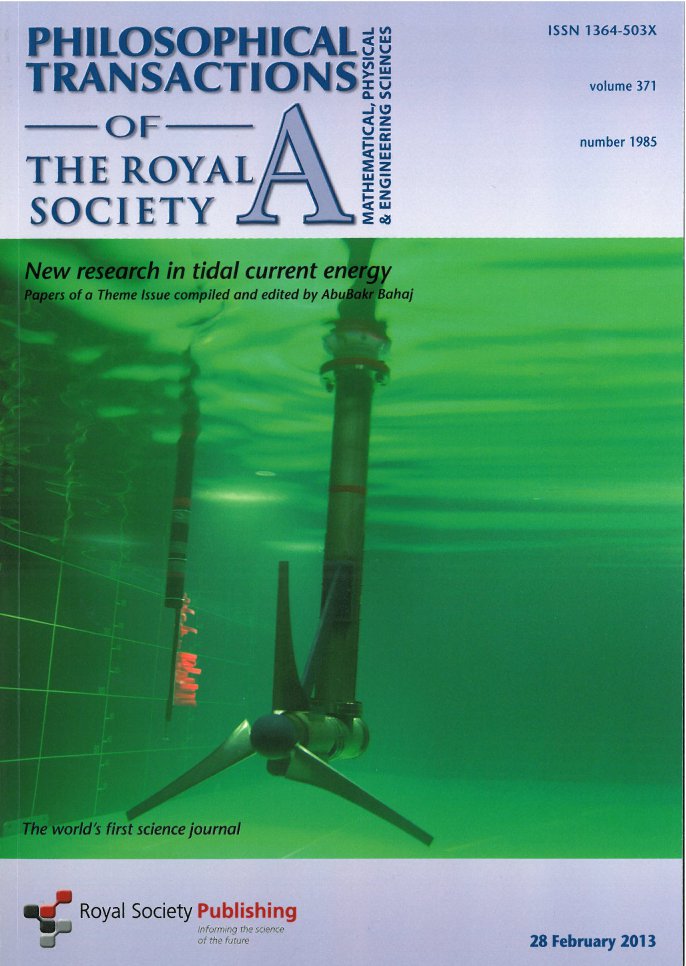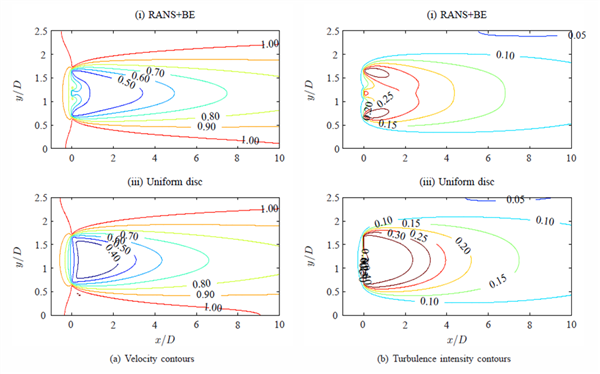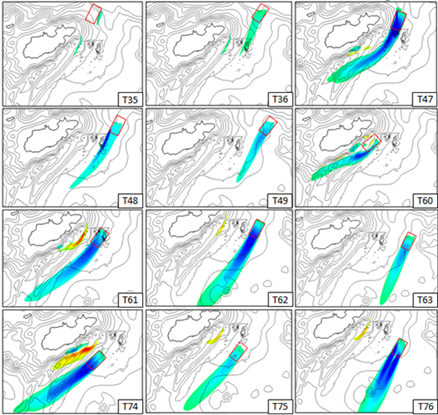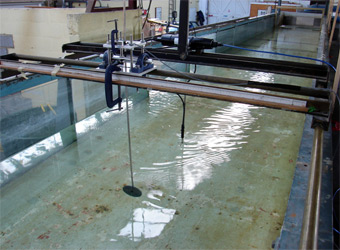The University of Southampton, represented by SERG, is a core member of PRIMaRE, a consortium of organizations with a centre of gravity in the south-west of the UK, who have an aim of fostering world-class research in all aspects of marine renewable energy and using the assets and resources in the south west of England […]
Tidal Energy
Title:Experimental analysis of the influence of proximity to channel boundaries and blockage ratio on far field hydrodynamic effects and performance of tidal turbine arrays. Researcher: Tim Daly Supervisors: Luke Myers and AbuBakr Bahaj Abstract Tidal energy is now the subject of an extensive amount of research. Several studies have clearly demonstrated the significant potential contribution […]
Title: Resource assessment of large marine current turbine arrays. Researcher: Danny Coles Superviors: AbuBakr Bahaj & Luke Blunden Abstract The deployment of marine current turbines has the potential to generate a significant amount of electricity in specific locations around the world. This is highly relevant to today’s energy market, where there is a demand to […]
Launched in June 2013, the Reducing the Costs of Marine Renewables via Advanced Structural Materials, is a three year, £1.2M grant funded by EPSRC , SUPERGEN Marine Grand Challenge, split between the Universities of Southampton, Strathclyde (lead) and Newcastle. (Grant EP/K013319/1) Summary For marine renewable energy conversion to achieve a much needed step change in cost reduction, […]
Title: Turbulence and its effects on the performance and wake of a tidal stream turbine. Researcher: Tom Blackmore Superviors: AbuBakr Bahaj & William Batten Abstract The tidal energy resource in the UK is one of the largest in Europe and can contribute to our ever increasing demand for low carbon energy. The technology is […]
New research from a global group of scientists and engineers, including from SERG, has been published in a special issue journal of the Royal Society. The work is in support of tidal power, which has the potential to provide more than 20 per cent of the UK’s electricity demand and the journal guest was edited […]
Title: The accuracy of the actuator Disc-Rans approach for modelling performance and wake characteristics of a horizontal axis tidal stream turbine. Researcher: Matt Harrison Supervisors: William Batten & AbuBakr Bahaj Abstract Tidal stream energy has the potential to supply power with low carbon dioxide emissions, but the technology is still being developed. Horizontal axis tidal stream turbines have seen […]
The effect of tidal stream turbine arrays upon sediment dynamics has received little attention to date due to, on one hand, lack of installed arrays and on the other lack of high resolution bathymetric survey data. However, we are now at the stage where there are some serious plans for implementing arrays of size tens […]
Title: A new approach to tidal stream energy resource assessment Researcher: Luke Blunden Supervisor: AbuBakr Bahaj Abstract Tidal stream power generation offers the prospect of predictable, low-CO₂ power at a number of locations around the UK and the world. Previous assessments of tidal energy resources have taken the form of desk studies based on simplified navigational data. Where numerical […]
Marine current energy conversion technology is presently at the prototype stage where single devices are deployed, or planned for installation, at isolated testing sites. In the medium term, however, devices will be installed in arrays. Understanding the effect devices have on the flow is critical in determining how one device may modify both the performance […]

